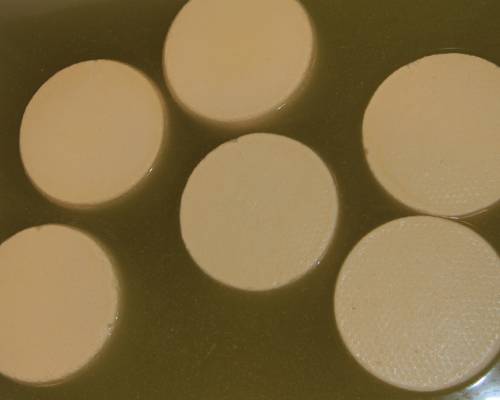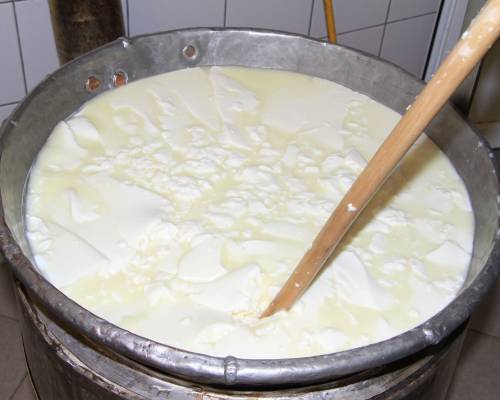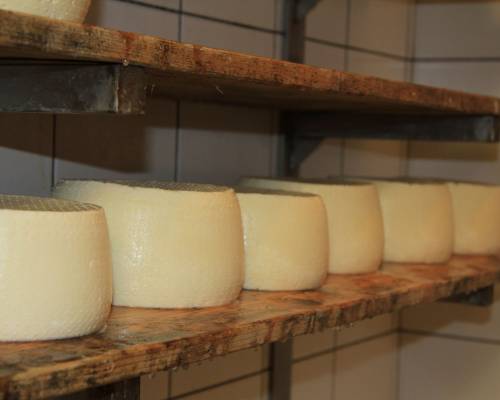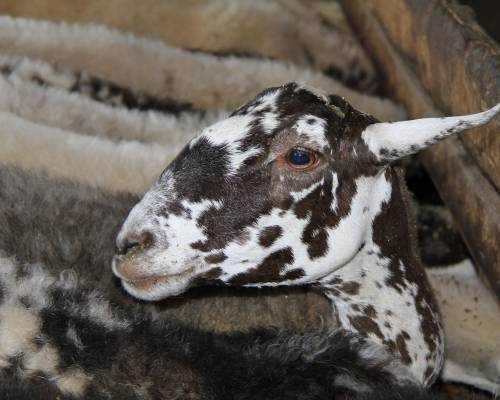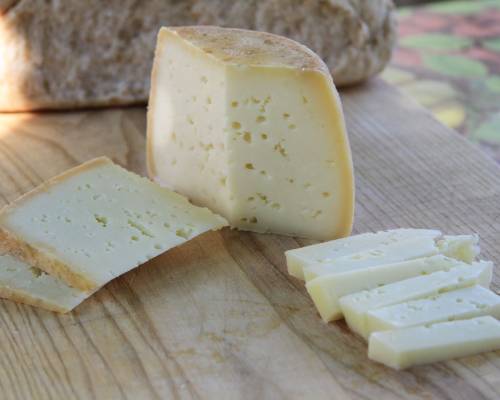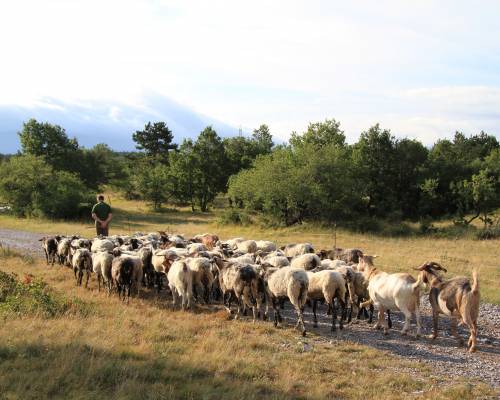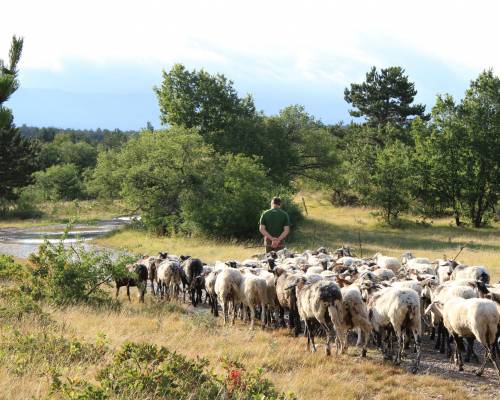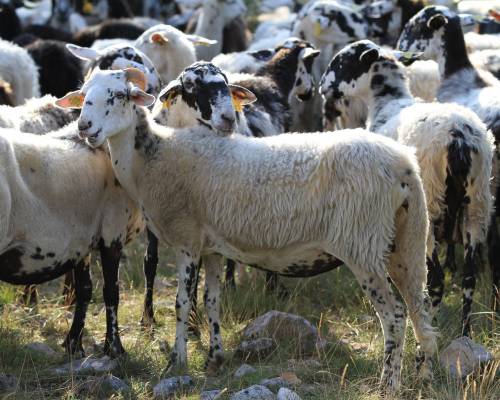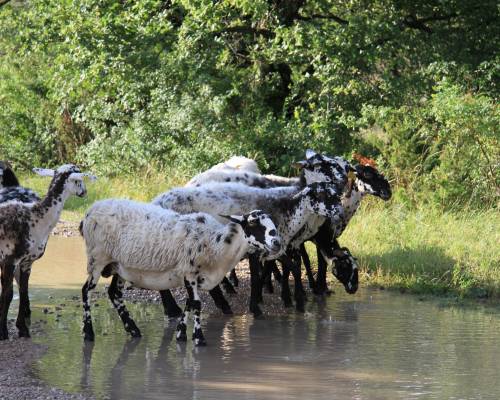Istrian pramenka
Origin and Development of the Breed
The Istrian Pramenka, also known as the Istrian Milk sheep, developed in the Karst and Istria regions, where sheep farming was historically a vital economic activity. Income was generated through the sale of lambs, cheese, whey, and wool to Venice, Trieste, and Gorizia. Due to the scarcity of fodder in the Karst landscape, it was necessary to drive the sheep to more distant pastures. During the summer, grazing occurred on Snežnik and its surroundings; in autumn, around Vremščica; and in winter, in Istria and Friuli. After World War II, transhumant sheep farming was significantly reduced, leading to the abandonment and overgrowth of agricultural lands. Later, more modern breeding technologies were developed.
Breed Characteristics
The animals are predominantly white with dark spots on the head and body. On average, ewes have a withers height of 70 cm. Ewes are typically polled, while rams have well-developed, backward-curving horns. Rams can reach a body weight of up to 95 kg, and ewes between 60 and 75 kg. A notable feature is the sparse wool coverage on the legs and abdomen, which are mostly bare. The average litter size is 1.1 lambs.
Breed Distribution and Endangerment
The Istrian Pramenka is among the less numerous populations of Slovenian autochthonous sheep breeds and is critically endangered due to its limited geographical distribution. Approximately 930 animals are registered in the original herdbook. The breed is raised on only a few farms, primarily in the Karst and Istria regions, due to its modest requirements.
Did
You Know ...
... that
the Istrian Pramenka has been known by various names, such as Istrijanka, Karst sheep, and Raw wool sheep?
Number of animals
Farm locations
Breeding Purpose and Products
The Istrian Pramenka is bred for milk and lamb production. Today, production is higher than in the past, when care and nutrition were more modest. The average milk yield is 170 kg, with 7.1% fat and 5.8% protein. The milk is used to produce various types of cheese (soft, hard for slicing or grating, semi-hard). Due to the specific climate and vegetation on the pastures, as well as traditional production and aging processes, Karst (Istrian) sheep cheese is recognized for its texture and taste. By-products include whey, and excellent curd and yogurt are also produced.


